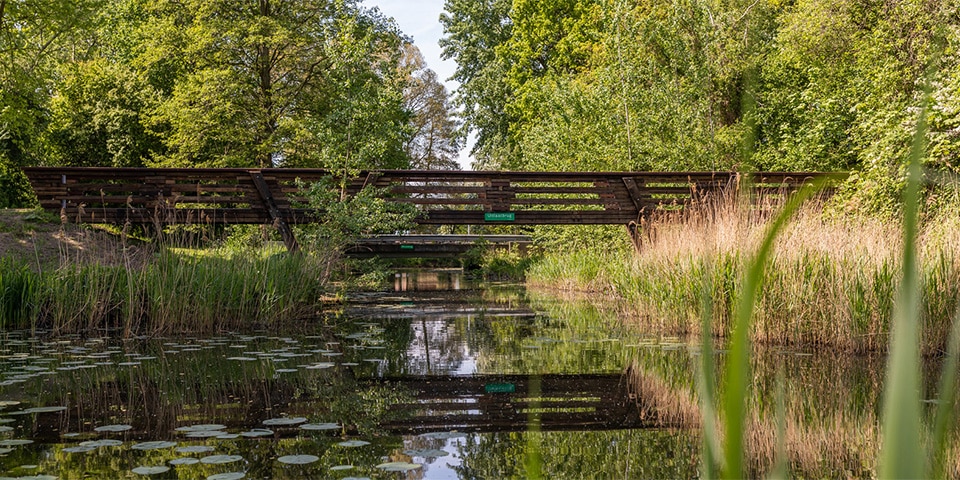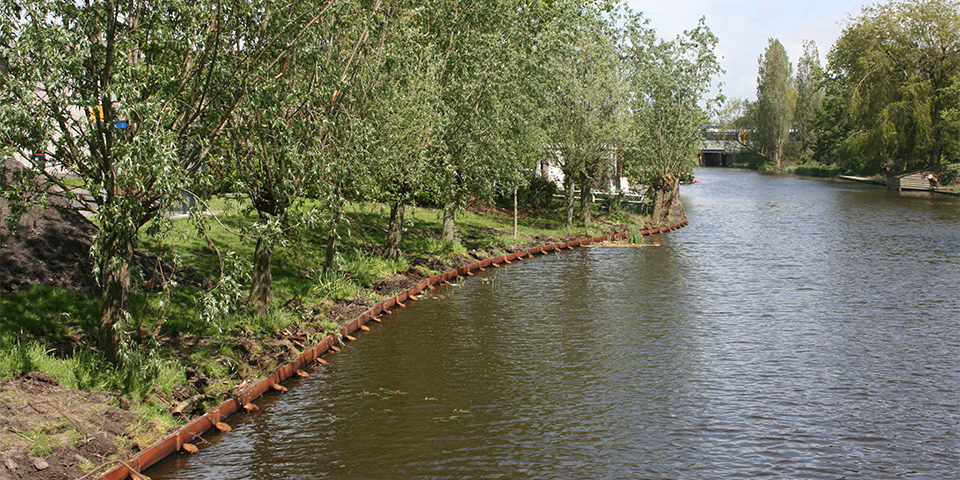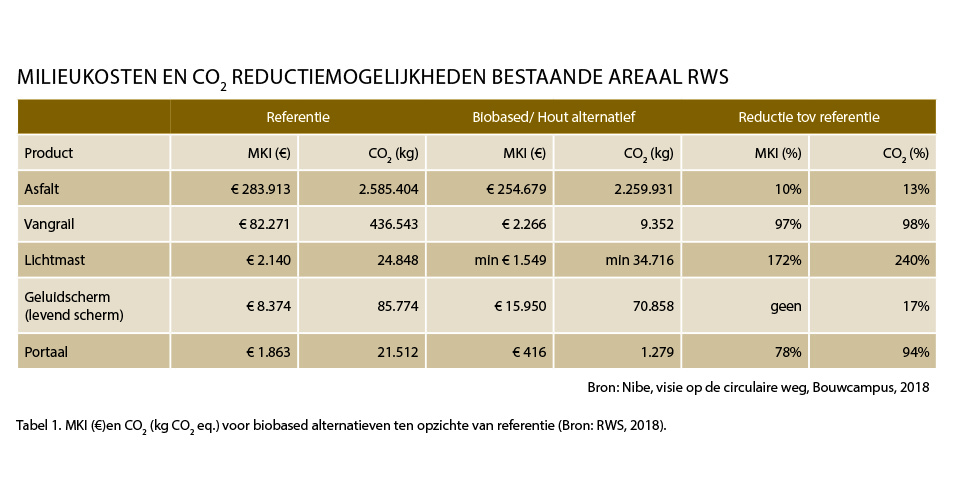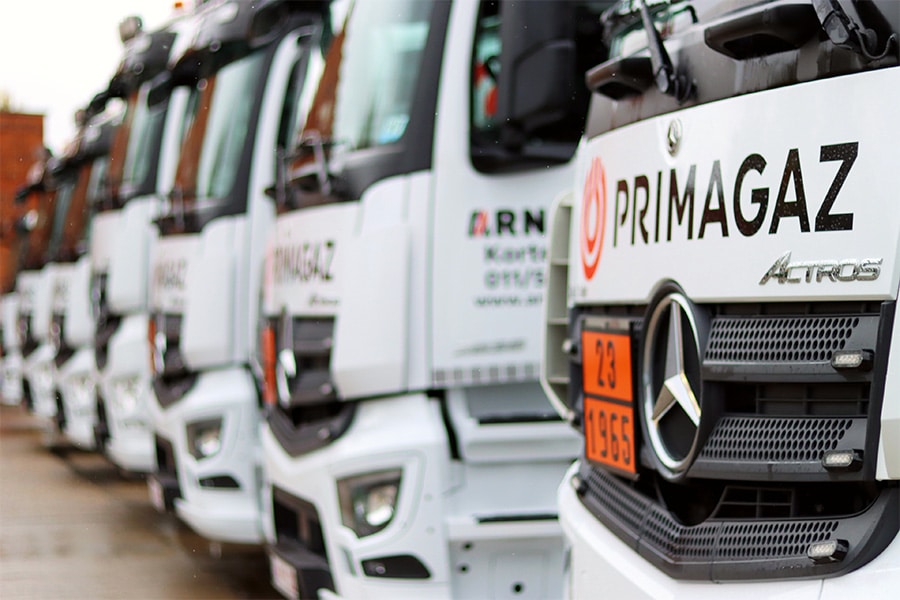
Wood chain cooperation increases likelihood of meeting goals
Circularity is a matter of doing
How do we intend to meet our climate and circular goals for 2030 and 2050 if no sustainable selection criteria apply in almost 96% of all tenders in infra? A shameful conclusion from the study 'Sustainability in public tenders' by Bouwend Nederland1). Catching up is possible by accelerating the development and application of criteria and linking them to existing solutions, verified by reliable fact-based data. The timber sector is therefore committed to making this data available and helping clients in the civil engineering sector to make use of the 'low hanging fruit'. So there is work to be done.
Main award criterion: CO2-reduction
The World Green BuildinCouncil2) concludes in its report "Bringing Embodied Carbon Upfront" that 40% reductions in CO2-emissions caused by materials and structures by making them in wood. These claims are also supported by (inter)national life cycle analysis (LCA) research. Province of Groningen has already addressed this and used the CO2performance, as well as the results of LCA studies, as award criteria for the 800-meter-long and 3.5-meter-wide iconic bicycle and pedestrian connection the "Blue Carpet. This resulted in the selection of sustainably produced tropical hardwood as the most environmentally friendly material variant.

'Wooden shoring has excellent environmental score'. (Image: Center Wood)
Proposed measure has at least a lower EQI than existing solutions
With this in mind, RWS has had research conducted into what it would yield if the standard road furniture currently used were to be replaced by already existing bio-based variants. The conclusion is that significant environmental (MKI) and climate (CO2-emissions) can be achieved (see Table 1). For this reason, RWS is now consistently including wooden solutions in variant studies. Municipalities and provinces are also showing increasing interest in the installation of wooden road furniture, for example: the Province of Zuid-Holland, for example, has already opted for wooden guide rail, noise barriers, road portals and bus shelters made of wood during the redesign of the N211. More and more provinces and municipalities are interested and are joining the chain cooperation 'Hout in de gww'.
Recently, environmental data for wooden guide rail, road gantries, decking (for bridge decks and decking) and 12 variants of wooden shoring (Photo 1), have also been added to the national environmental database3), so they can be calculated as well.
 Proposed measure is circular according to McArthur Foundation principles
Proposed measure is circular according to McArthur Foundation principles
Wood and other biobased materials from sustainably managed sources naturally have a closed loop (biological cycle) and are therefore inherently circular. Together with the capacity to also perform on the Technical R's, wood is actually "CirculaiR-Plus" and essential for meeting circular goals. However, according to research by Nibe4) commissioned by Rijksdienst van Ondernemerschap (RvO Netherlands), it appears that only 98% of the opportunities for biobased materials in construction are not yet exploited. This offers opportunities and practice shows that it is easily possible: for example, new 'circular' bridges have already been made from old bridges (up to over 60 years old), such as in Almere (photo 2), Westervoort and soon in Nijmegen.
If you would like more information on wood species, applications or environmental performance (LCA and CO2-reduction) then go to: www.houtindegww.nl EN www.houtdatabase.nl.
If you want to be informed about chain cooperation in the gww, join the LinkedIn group #chain cooperationhoutindegww.
Source
Bouwend Nederland: 'Sustainability in public procurement- analysis 2018', September 2019: www.bouwendnederland.nl/publicatiespublicaties.
WorldGBC: 'Bringing Embodied Carbon Upfront', April 2019:
www.worldgbc.org/embodied-carbon
Nibe (July 2019), 18 LCA studies and EPDs for guide rail, road portals, decking and wooden shoring (12 variants) y.b.v. inclusion in NMD: www.houtindegww.nl
Nibe, 'Potential for biobased materials in construction - a study of opportunities and impact', on behalf of Rijksdienst voor Ondernemend Nederland, June 14, 2019: https://www.nibe.org/nl/nieuws/potentiebiobased




